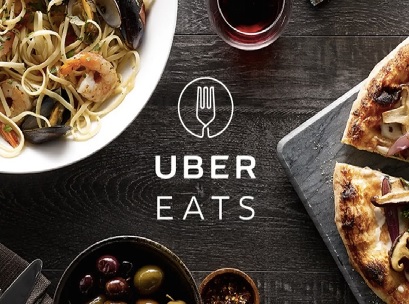 Food delivery app platforms like UberEATS, Deliveroo, Menulog and Foodora has led a new food experience for Aussies since its arrival in the country.
Food delivery app platforms like UberEATS, Deliveroo, Menulog and Foodora has led a new food experience for Aussies since its arrival in the country.
These food delivery apps have benefited restaurants in Australia, according to IBISWorld’s latest research.
They have reported food apps contributes to a revenue increase of 2% in 2017-18, which is seen to possibly reach $21 billion.
“The food delivery sector has benefited from consumers’ changing lifestyle trends, including busier lives, higher workloads and diminishing leisure time. These social trends have helped boost demand for food delivery services, as time-poor consumers look to cut down on cooking time and make better use of their spare time,” said Bao Vuong, IBISWorld senior industry analyst.
“IBISWorld research also found that Fast Food Services had yet to adjust to the food delivery boom, but players in this industry are now starting to enter the delivery game.”
The research has shown the four largest players in Australia – UberEATS, Deliveroo, Menulog and Foodora – has an estimate of a market share of more than 75%. It shows how food delivery companies have altered how Aussies dine and how restaurants have adjusted to the changing times.
Vuong said there are restaurants now without tables and chairs to particularly cater to merely food delivery apps. Pop up stores are also trending in Australia with commercial kitchens but no seating to cut cost and improve sales. There are restaurants who have created delivery-only menus and changed their opening hours. While other restaurants created separate service counters solely for UberEATS and Foodora.
Ironically, the fast food industry has not yet benefited from the food delivery apps boom, but the landscape is changing. According to IBISWorld, fast foods should integrate with food delivery apps to succeed in the increasingly challenging environment of the food service sector.
“As a result of a slow response and lukewarm reception to new ordering and delivery methods, revenue for the Fast Food Services industry is only forecast to grow by 1.2% in the current year, to reach $19.5 billion. Currently, an estimated 25% of fast food restaurants embrace new ordering and delivery platforms,” said Vuong.
“In June 2017, both McDonalds and KFC launched partnerships with food delivery companies, with McDonalds partnering with UberEATS and KFC partnering with Foodora. Red Rooster has recently responded with its first foray into home delivery through Menulog.
“This has allowed Red Rooster to move out of its suburban stronghold, and penetrate inner-city Sydney and Melbourne locations for the first time.”
Even fine dining establishments have stepped up their game to differ from the usual restaurant experience with better customer service as their chefs reach out to their customers and also redesigned restaurant ambiance for the high end customers. Fine dining restaurants comprise 39% of the Restaurants industry in Australia and generate $8.2 billion of industry revenue, according to IBISWorld.
“The outlook for fine dining restaurants is strong because they place a premium on taste, while new ordering and delivery platforms mainly focus on convenience and price,” concluded Vuong.
















